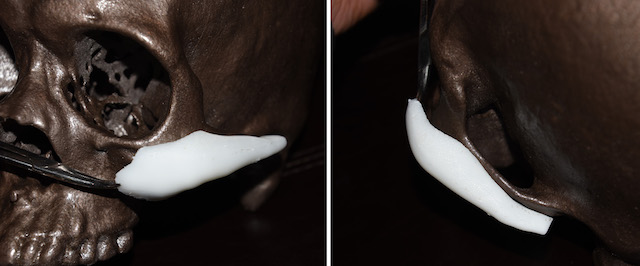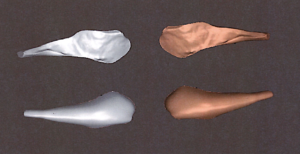Background: The concept of cheek implant augmentation has variable aesthetic meanings to different patients. Depending upon gender, ethnicity and one’s natural skeletal anatomy, cheek augmentation can not be a standard type of procedure where one general implant style fulfills all patient’s needs. Despite the numerous styles of cheek implant’s that are available today, they all focus on augmenting the main body of the cheek, known as the zygomatic body.
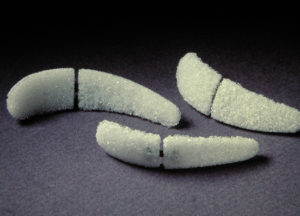
Augmenting this curved line of the cheekbone is what creates a unique and often desired cheek shape. Known by different names, such as ‘high cheekbone’, ‘model cheeks’, ‘well defined cheeks’ and ‘strong cheekbones’, they all almost always refer to a specific look in which the zygomatic arch of the cheek is augmented. Whether done as part of the cheek or in isolation, it creates a visible linear line that provides adds desired facial definition. This is much like the linear look along a well defined jawline.
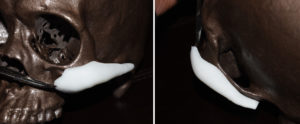
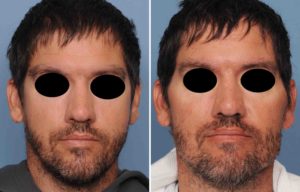
When considering arch augmentation the biggest design ‘mistake’ is to make it too small in size. While there are size considerations based on each patient’s facial size and soft tissue thickness, its thickness needs to be more than one may think. It addition it should not usually taper off into a fine edge. If so the taper will make much the arch augmentation ‘invisible’or barely being seen. It should keep a lot of its thickness all the way to the back and have a much more abrupt end to its tail.
Case Highlights:
1) Midface augmentation that strives to achieve well defined cheeks or a ‘high arch’ look requires custom cheek implant approach.
2) Augmenting the entire length of the zygomatic arch is the key to creating a high cheekbone look.
3) A custom cheek-arch implant needs enough width to be seen through the soft tissues and must be at least 5mms in thickness.
Dr. Barry Eppley
Indianapolis, Indiana

